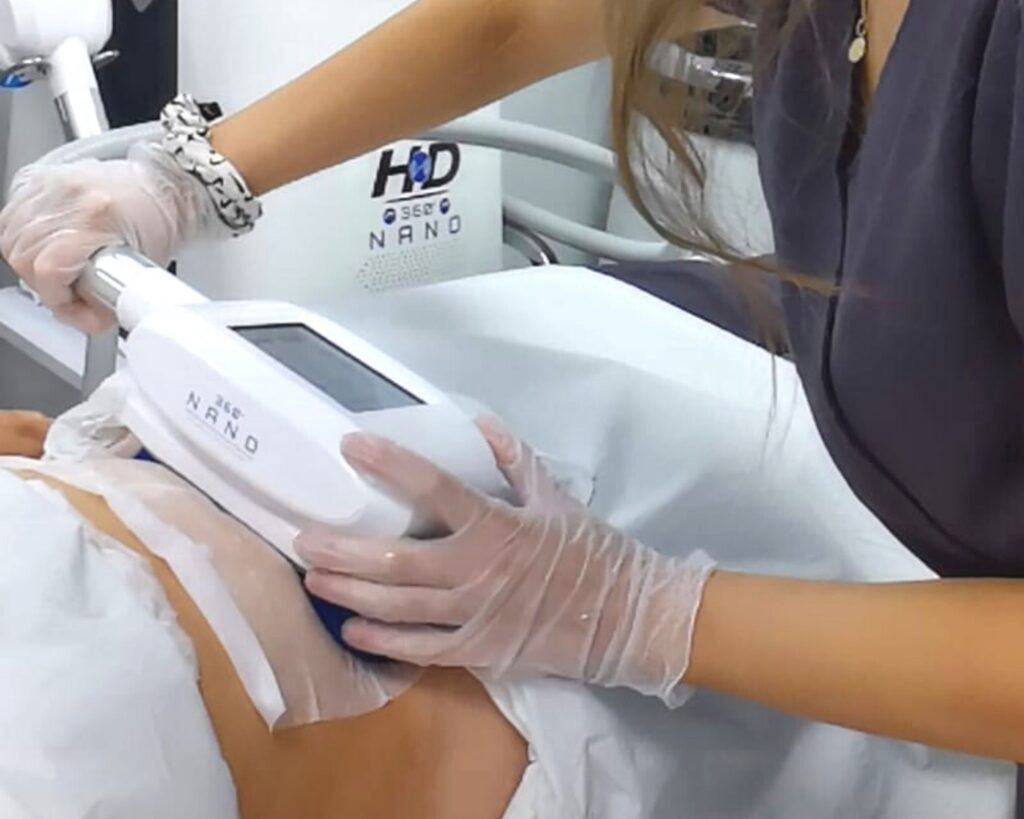In the ever-evolving world of cosmetic and body contouring treatments, nonsurgical fat removal has become a game-changer. Procedures like CoolSculpting (cryolipolysis), laser lipolysis (e.g., SculpSure), radiofrequency treatments (e.g., Vanquish ME), and injectable fat dissolvers (e.g., Kybella) offer patients a way to reduce stubborn fat without going under the knife.
But beyond the aesthetic benefits, an important question arises: What happens to your metabolism after nonsurgical fat removal? Does the body compensate for the lost fat by storing more? Do these treatments trigger long-term metabolic changes?
In this deep dive, we’ll explore the science behind metabolic adaptations following nonsurgical fat reduction, how different technologies affect fat metabolism, and what you can do to maintain results.
How Nonsurgical Fat Removal Works
Before diving into metabolic effects, let’s briefly recap how these treatments eliminate fat cells:
Cryolipolysis (CoolSculpting) – Freezes fat cells, causing apoptosis (programmed cell death). Over weeks, the body naturally processes and eliminates them.
Laser Lipolysis (SculpSure, i-Lipo) – Uses heat to disrupt fat cells, which are then metabolized by the lymphatic system.
Radiofrequency (Vanquish, TruSculpt) – Heats fat cells, leading to their breakdown and removal.
Injectable Fat Dissolvers (Kybella, Aqualyx) – Deoxycholic acid breaks down fat cell membranes, allowing the body to absorb and excrete them.
Unlike liposuction, which physically removes fat cells, nonsurgical methods rely on the body’s natural metabolic processes to clear out the damaged fat.
Metabolic Effects of Fat Cell Elimination
1. Does Fat Return After Nonsurgical Treatments?
A common concern is whether fat cells regrow or redistribute after treatment. The good news: adipocytes (fat cells) do not regenerate in adults. Once destroyed, they’re gone for good.
However, remaining fat cells can still expand if you consume excess calories. This is why maintaining a stable weight is crucial post-treatment.
Scientific Insight:
A 2015 study in Obesity found that cryolipolysis led to long-term fat reduction without compensatory fat gain in other areas.
Research in Dermatologic Surgery (2018) showed that laser lipolysis patients maintained results for over a year with proper diet and exercise.
2. Impact on Insulin Sensitivity & Hormonal Balance
Fat cells are endocrine organs, secreting hormones like leptin (regulates hunger) and adiponectin (improves insulin sensitivity).
Reduction in visceral fat (deep belly fat) can improve insulin sensitivity, lowering diabetes risk.
Some studies suggest fat removal may temporarily alter leptin levels, potentially reducing hunger signals.
Key Study:
A 2020 Journal of Clinical Endocrinology & Metabolism report found that fat reduction via cryolipolysis improved metabolic markers in obese patients.
3. Does the Body Compensate by Storing More Fat?
A myth persists that the body “rebounds” by storing fat elsewhere after fat removal. However, research shows:
No significant fat redistribution occurs if weight remains stable.
Lipolysis (fat breakdown) continues normally in untreated areas.
Expert Opinion:
Dr. Paul Jarrod Frank, a cosmetic dermatologist, states:
“The body doesn’t create new fat cells to replace those eliminated. However, existing fat cells can enlarge with weight gain, so a healthy lifestyle is key.”
How to Optimize Metabolic Benefits Post-Treatment
To maximize long-term fat loss and metabolic health:
✅ Maintain a Calorie-Balanced Diet – Avoid excessive weight fluctuations.
✅ Incorporate Strength Training – Muscle mass boosts resting metabolic rate.
✅ Stay Hydrated – Supports lymphatic drainage and fat metabolism.
✅ Consider Multiple Sessions – Some patients need 2-3 treatments for optimal results.
Conclusion
Nonsurgical fat removal doesn’t just reshape your body—it can also positively influence metabolism, insulin sensitivity, and overall health. While the treatments themselves don’t cause fat to “come back,” lifestyle choices play a crucial role in maintaining results.
By understanding the science behind metabolic changes, patients can make informed decisions and enjoy long-lasting benefits from their fat reduction journey.

